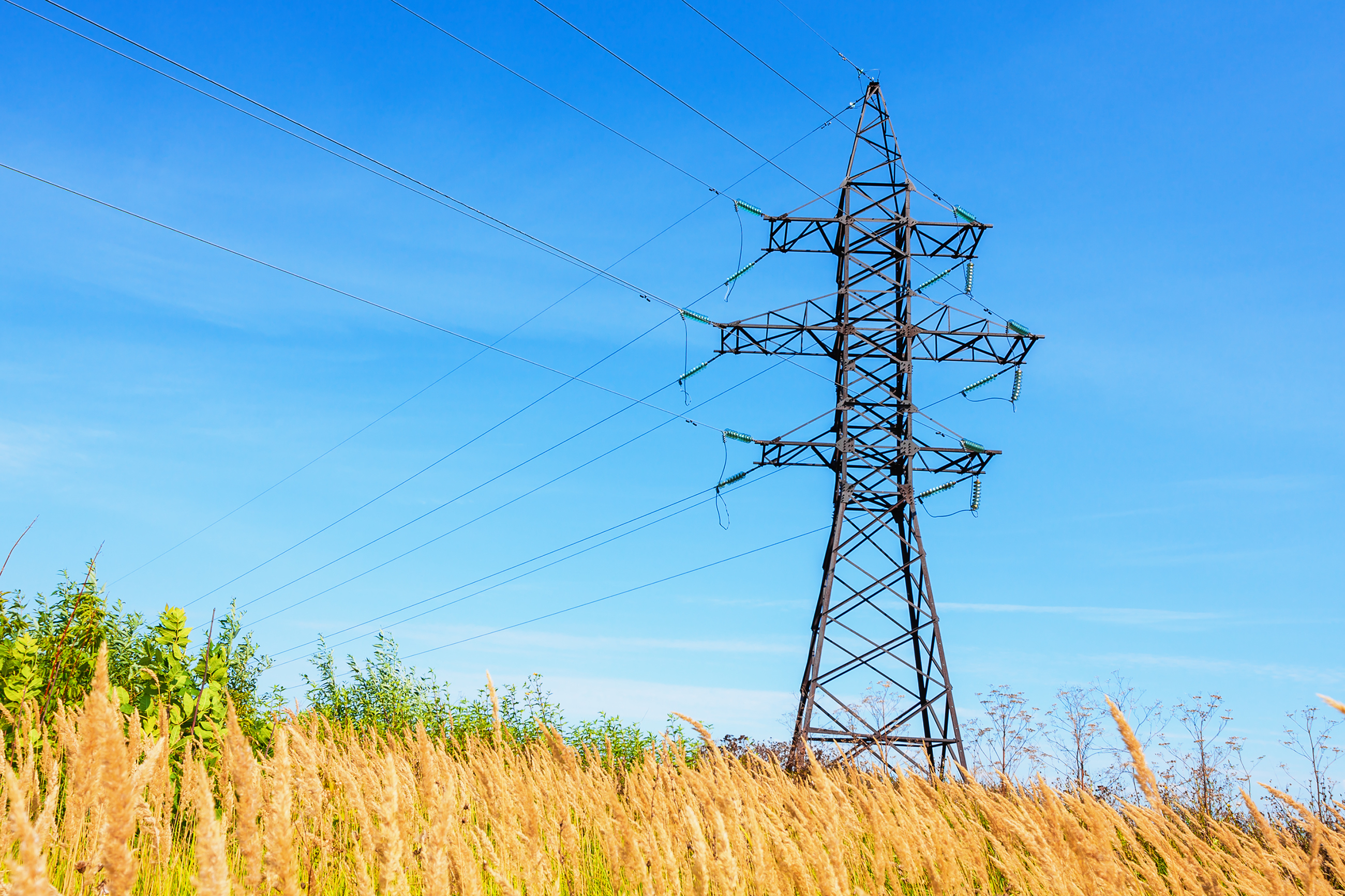For 40 years, we've been driving our country's economic and social progress. Four decades shaping Spain.
In 2023, Spain implemented the largest installed solar photovoltaic power system in its history
- Our country is breaking records by incorporating an additional 5,594 MW of installed solar photovoltaic power connected to the grid, a 28% increase compared to 2022
- Thanks to this surge, renewable energy generation grew by 15.1% in 2023, accounting for 50.3% of national power generation
- 2023 was also the year with the lowest CO2 equivalent (greenhouse gases) emissions, nearly 28% less than the previous year

In 2023, installed solar photovoltaic power increased by 28%, bringing an additional 5,594 MW to the Spanish generation pool, the highest figure since records began. As a result, this technology now has 25,549 MW in service, representing 20.3% of the total Spanish energy generation pool. This year-on-year increase means that our nation is second among ENTSO-E countries in terms of the highest installed solar power output (both thermal and photovoltaic).
According to Beatriz Corredor, president of Redeia (Red Eléctrica's parent company), "2023 figures prove that Spain has consolidated its renewable energy leadership. This has been made possible by efforts in system operation and our extraordinary transmission grid, which have allowed our country to safely reach a share of 50% renewables in the mix. The grid is and will continue to be ready to meet the objectives set by the National Integrated Energy and Climate Plan (PNIEC)".
Corredor made these statements during the presentation of the Spanish Electricity System Report 2023 and the Renewable Energy Report 2023, two documents created by Red Eléctrica that compile last year's main industry figures.
This presentation was also attended by the Secretary of State for Energy, Sara Aagesen, who stressed that "over the last decade, the energy mix has undergone a complete transformation, with renewables assuming a clear leading role. In light of this evolving landscape, the grids play a pivotal role in maximising opportunities. To adapt to the accelerating transition, we have started a new planning cycle with the aim of adapting market price signals to the pace of progress while maintaining long-term signals. This planning includes new principles that demand increased flexibility, such as industrial decarbonisation. Aware of these demands, the Government has earmarked 931 million for grid development in the addendum”.
Spain ended 2023 with over 125.6 GW of total installed power, with renewables constituting 61.3% of this total. Thus, in 2023, the renewable production pool grew by 8.8%, thanks not only to the additional photovoltaic MW mentioned, but also to the inclusion of 661 MW from wind power and 4 MW from other renewable sources. In Spain's national ranking, wind power is still the technology that accounts for the largest proportion, 24.5% of power generated, followed by combined cycle (20.9%), photovoltaic (20.3%), and hydropower (13.6%).
2023, the Year All Records Were Broken
According to the documents presented today, 2023 will also be remembered as the year when all historical renewable energy generation records were shattered. For the first time ever, over half of the electric mix (50.3%) originated from resources such as wind, sun, or water.
In 2023, Spain produced 15.1% more renewable energy than the preceding year, totalling 134,321 GWh and thus breaking all prior national renewable energy production records. Two technologies were the main contributors to this historic milestone: wind power, leading the mix with 23.5% of the total, and photovoltaic power, which produced 33.8% more than in 2022.
As a direct consequence of the rise in renewable energy production, 2023 also witnessed the lowest CO2 equivalent (greenhouse gases) emissions: 32,045,711 tCO2 equivalent, nearly 28% less than the previous year.
Wind was the main resource for electricity generation in Spain, followed by nuclear (20.3%), combined cycle (17.3%), photovoltaic (14%), and hydropower, which increased its contribution by 41.1% in 2023 compared to the previous year, recording a 9.5% share. The increase in hydropower generation in 2023 can be explained by the fact that the previous year (2022) was exceptionally dry. Other technologies make up the production structure, including cogeneration, pumped storage, coal, solar thermal, and others, which together account for approximately the remaining 15%.
Coal experienced the sharpest decrease in 2023 compared to generation in the previous year. With a 50.1% reduction, coal is now down to 3,871 GWh, representing the lowest share within the mix, only 1.5%.
Electric Demand and Service Quality
In its Spanish Electricity System Report 2023, Red Eléctrica also analyses other metrics such as developments in demand, which in 2023 were 1.9% lower than in 2022 after adjusting for employment activity and temperatures. In gross terms, electricity demand in 2023 stood at 244,665 GWh, marking a 2.3% decrease, while electricity consumption experienced a 3.3% decrease across ENTSO-E countries compared to 2022.
Additionally, the transmission grid availability index in the Spanish mainland system reached 97.62%, closely mirroring the values recorded in the electricity systems of the Balearic and Canary Islands, which stood at 97.84% and 98.93%, respectively.
As for Spain's international electricity exchanges with other countries, it is worth noting that 2023 closed with the second largest export surplus in history following the peak reached during 2022, totalling 13,938 GWh in exports.
Click here to read the full report
Selecciona la CC AA que deseas y consulta la nota de prensa
Descargas












